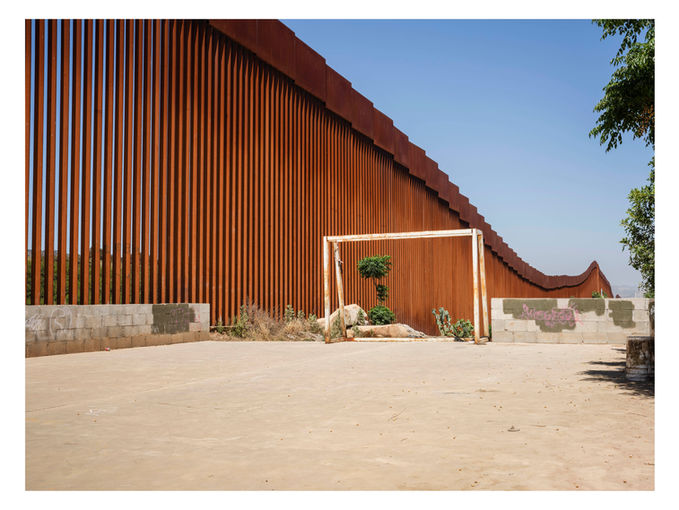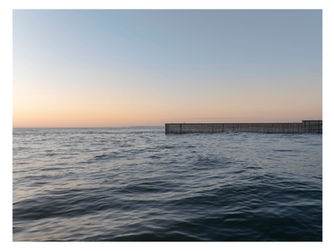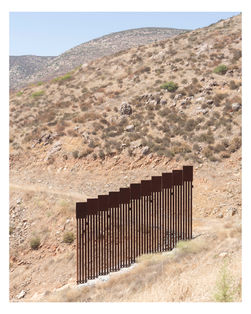COTM | BTG SHORTLIST 2025
$30,000 MAIN AWARD

Daniel Ochoa de Olza
The Gap / La Frontera
Daniel Ochoa de Olza is a photographer whose practice moves between documentary and artistic languages. With a background in photojournalism and years of fieldwork across diverse regions, his recent focus has shifted toward long-term projects that reflect on the politics of perception, the symbolic dimensions of landscape, and the tensions between individual experience and collective narratives. His work often engages with the boundaries—both visible and invisible—that shape human lives: not only physical or political frontiers, but also the limits of representation, memory, and identity. Using photography as a space for observation and reflection, he explores how images can function as tools for both testimony and interpretation. Ochoa de Olza’s photographs have been exhibited internationally and are part of both public and private collections. His work has received numerous awards and recognitions, and has been published by leading editorial platforms. He also teaches and lectures regularly, sharing his experience with emerging photographers and interdisciplinary audiences. Grounded in research but open to ambiguity, his projects combine visual precision with conceptual depth, often unfolding as essays in image form. His approach is rooted in presence, slowness, and a commitment to exploring what resists simplification.
The Gap / La Frontera
The Gap is a long-term photographic project that explores the U.S.–Mexico border wall, questioning what it truly represents within its natural context: a visual inquiry into how power materializes through space, through a physical barrier—an artificial disruption imposed on a continuous landscape.
These images approach this line of separation from minimal distances, focusing on open spaces—deserts, seas, hills, plains—where geographic and visual continuity undermines the official rhetoric of difference. From such proximity, the border emerges as an imposition alien to the terrain it occupies: a structure attempting to impose a boundary where the land itself offers none.
In its mere existence, the wall enacts a form of violence that goes beyond its physical function: it is also an architecture of rejection. It transforms a shared landscape into a contested space, imposing artificial difference on continuous geography. The border becomes not just a line, but a wound—both visual and conceptual.
The wall claims to provide security, but its true purpose lies in signaling control—performing sovereignty, enforcing inequality, and turning fear into policy. The images unfold as quiet observations of a structure that leaves behind dissonance, tension, and unresolved meanings, as well as human scars born of exploitation, displacement, and fear.
The Gap resists spectacle.












